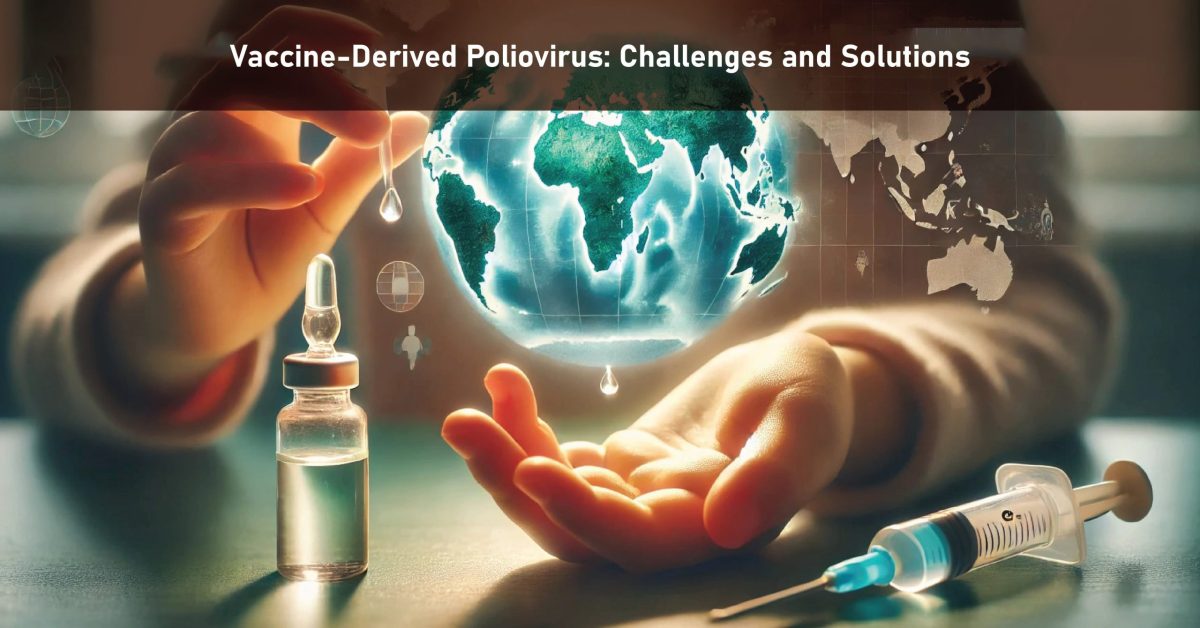Introduction
Polio is a crippling and potentially fatal infectious disease that has been on the research agenda to eradicate for many years. Due to vigorous efforts in immunization, the incidence of WPV has reduced drastically all over the world. However, as WPV recedes, another form of the virus has emerged as a significant challenge: The type of poliovirus that may emerge from such post-vaccination acute flaccid paralysis (AFP) cases and has been also acknowledged globally is the vaccine-derived poliovirus (VDPV). VDPVs result from the emergence of a new strain of poliovirus in the oral polio vaccine that is weakened but has become neurovirulent again. This is a new phenomenon to public health officials, as the tool given to eliminate polio can under certain circumstances provoke an outbreak. This article provides an analysis of VDPVs, the causes of their occurrence, and the complex measures that are being taken to deal with them.
Understanding Vaccine-Derived Poliovirus (VDPV)
VDPVs develop from the oral polio vaccine, which has a live but weakened virus that for a long time has been administered orally. OPV is prepared from a weakened strain of the poliovirus; during vaccination, the virus multiplies in his intestines for a few days as it gives immunity to the child. At this stage, the virus also comes out in feces, causing a spread in areas with poor hygiene standards. In low immunization coverage communities, the excreted vaccine virus will go around the community, infecting the susceptible population. This virus, surprisingly, can mutate its genes within many cycles of infection to become a form that paralyzes people just like the wild poliovirus. These reverted strains are a type of circulating vaccine-derived poliovirus (cVDPV).
Factors Contributing to VDPV Emergence
Several factors contribute to the emergence and spread of VDPVs:
Several factors contribute to the emergence and spread of VDPVs: Several factors contribute to the emergence and spread of VDPVs:
Low Immunization Coverage: The major attributable risk factors include the following: Low coverage of immunization. Low vaccination levels permit the circulation of the vaccine virus for a longer period, and therefore, the chances of reversion to the original form are improved.
Sanitation and Hygiene: Their next administration is oral, and the flu inevitably spreads via the fecal-oral route due to poor sanitation and hygiene.
Mutation and Recombination: The process whereby new genes are developed in the vaccine virus is due to mutations as they continue to transfer from one individual to the other. Collectively, these changes may lead to the emergence of a virus that is fully capable of provoking an illness.
Immunocompromised Individuals: Immunocompromised patients are capable of shedding the virus for a long time due to the prolonged replication of the virus, thus increasing the rates of mutations.
